Case Study: Auto-Parts Warehouse Management System Analysis
VerifiedAdded on 2023/01/05
|8
|828
|67
Case Study
AI Summary
This case study presents a system analysis of an auto-parts warehouse management system. It begins with an introduction to the business scenario, outlining the need for a new warehouse management system to improve efficiency and competitiveness. The analysis details both functional and non-functional requirements, covering aspects such as inventory management, order processing, security, and documentation. The document includes a use case diagram, a model diagram, and an event-partitioned system model to visually represent the system's components and processes. The system aims to handle various warehouse operations like receiving orders, inventory control, order processing, and report generation. The analysis considers the integration of wireless communication devices for real-time operations. The document concludes with a list of references to support the analysis and findings. This assignment is designed to provide a comprehensive overview of the system analysis process in a real-world business context.
1 out of 8
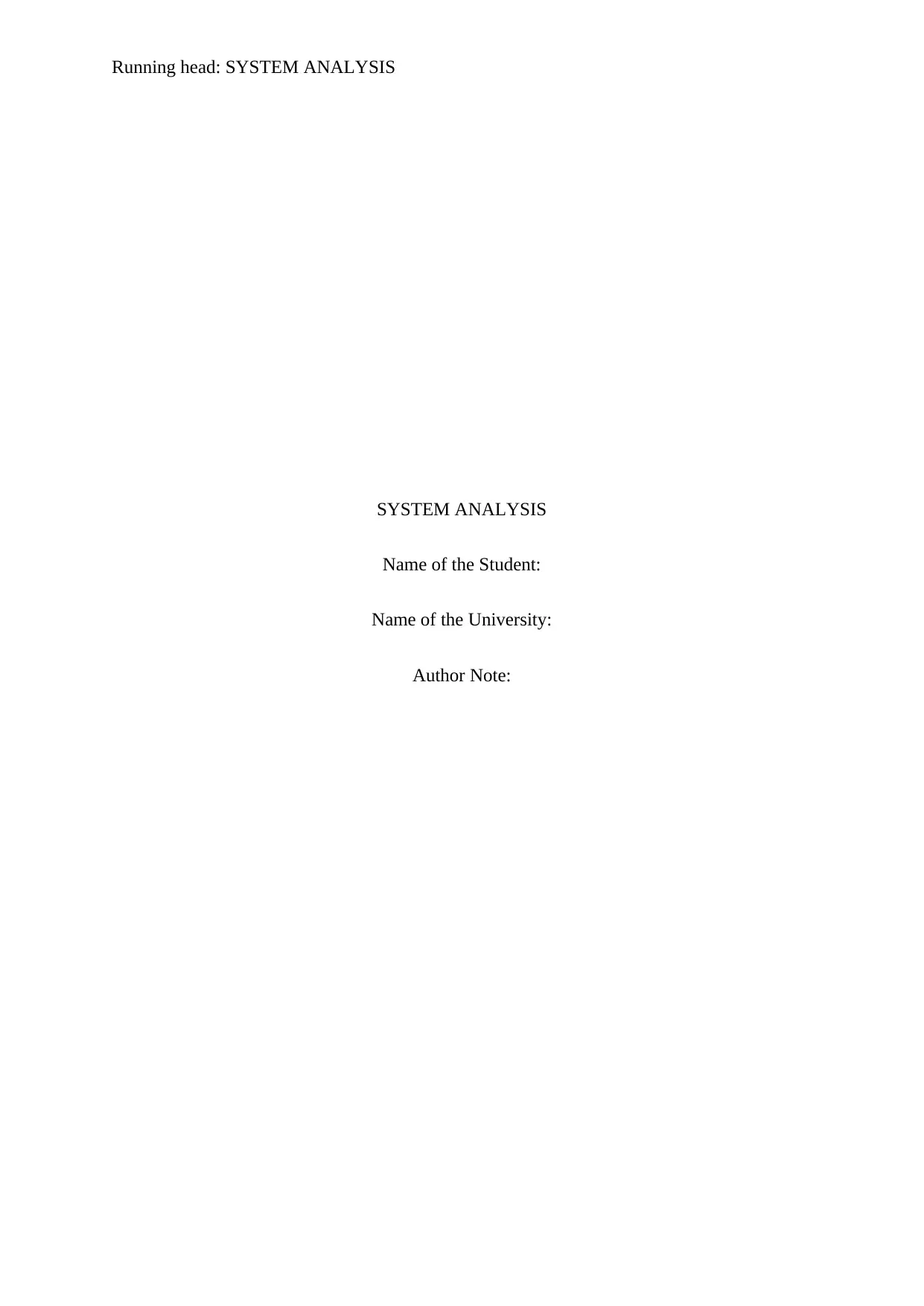
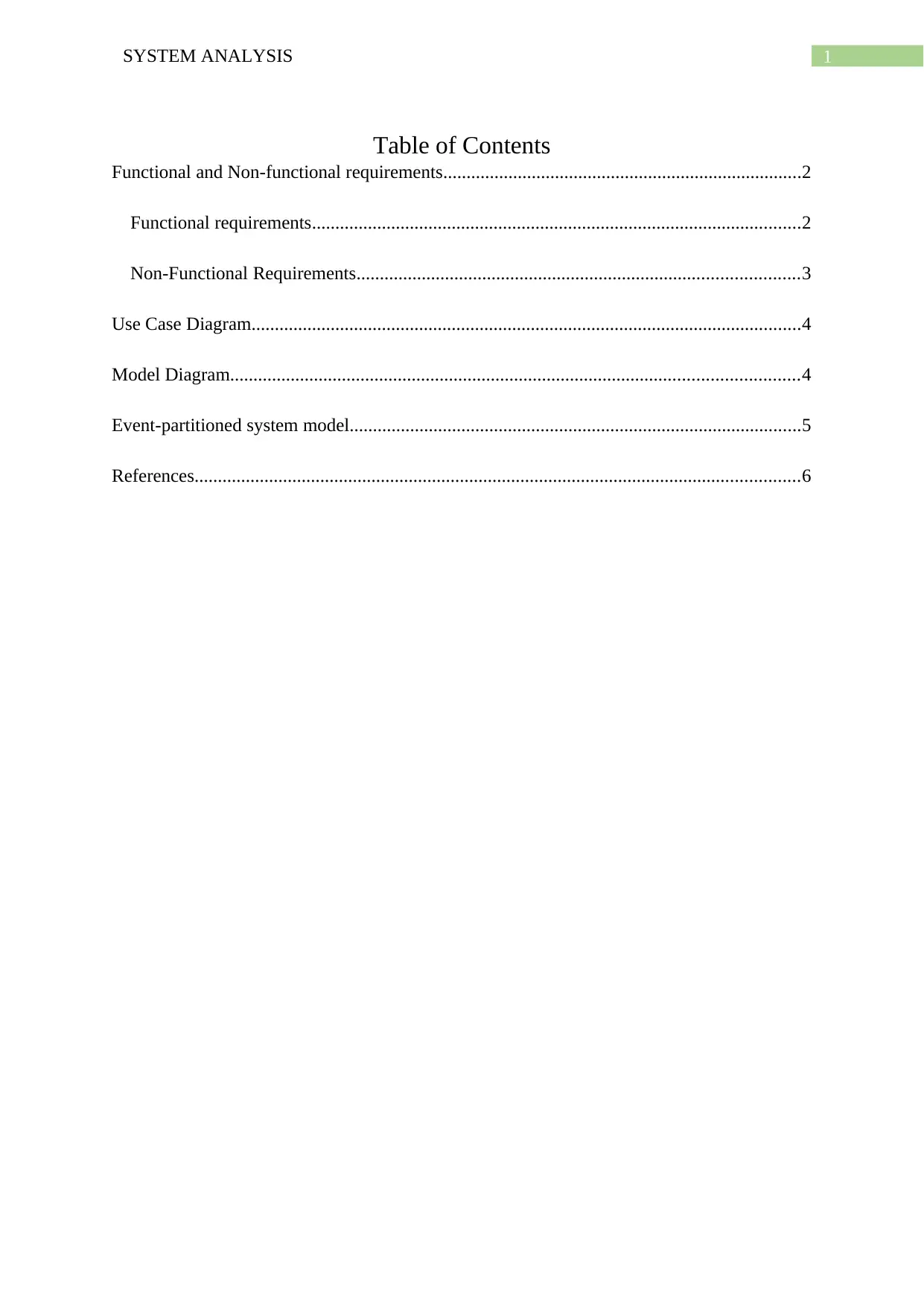
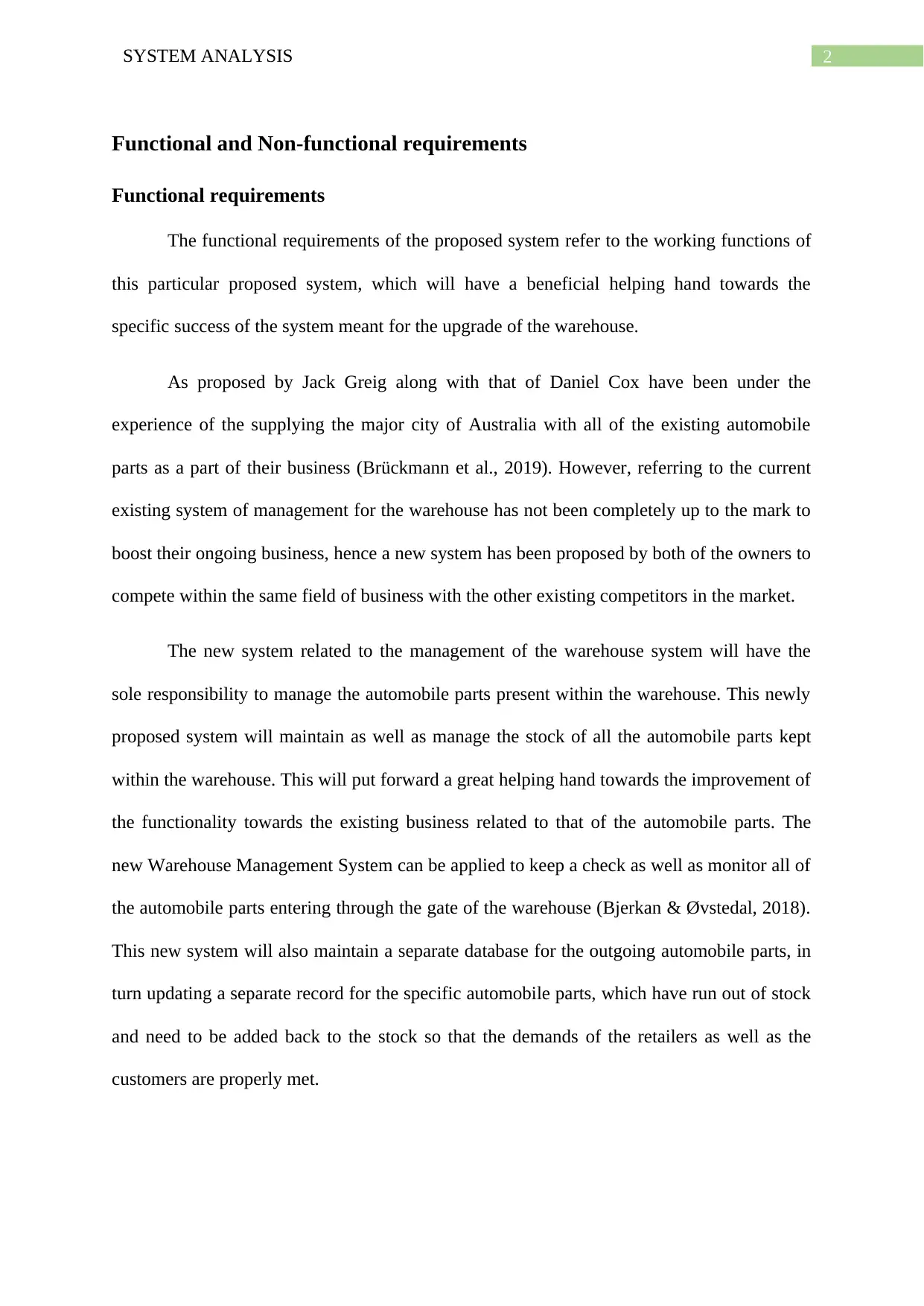

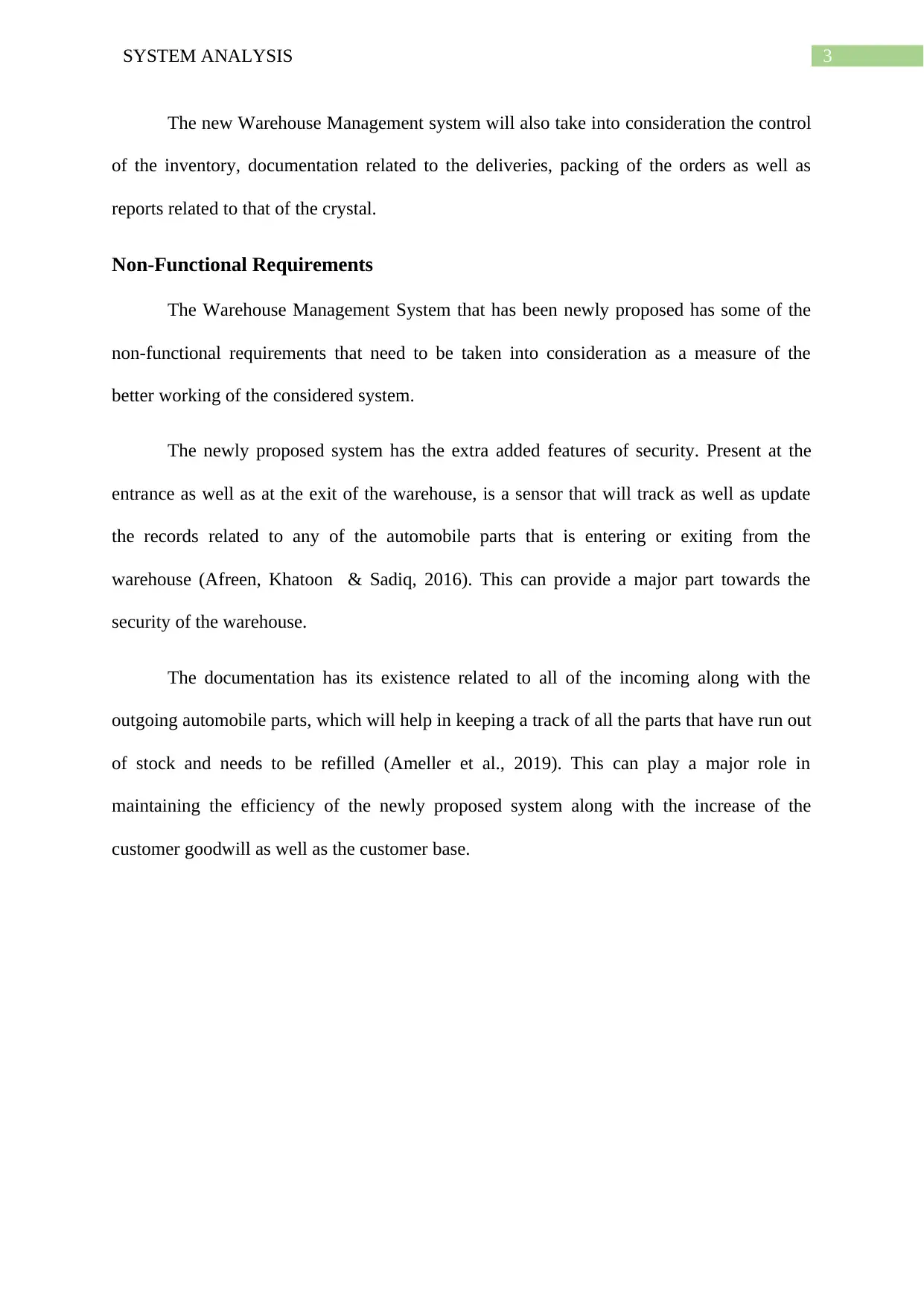
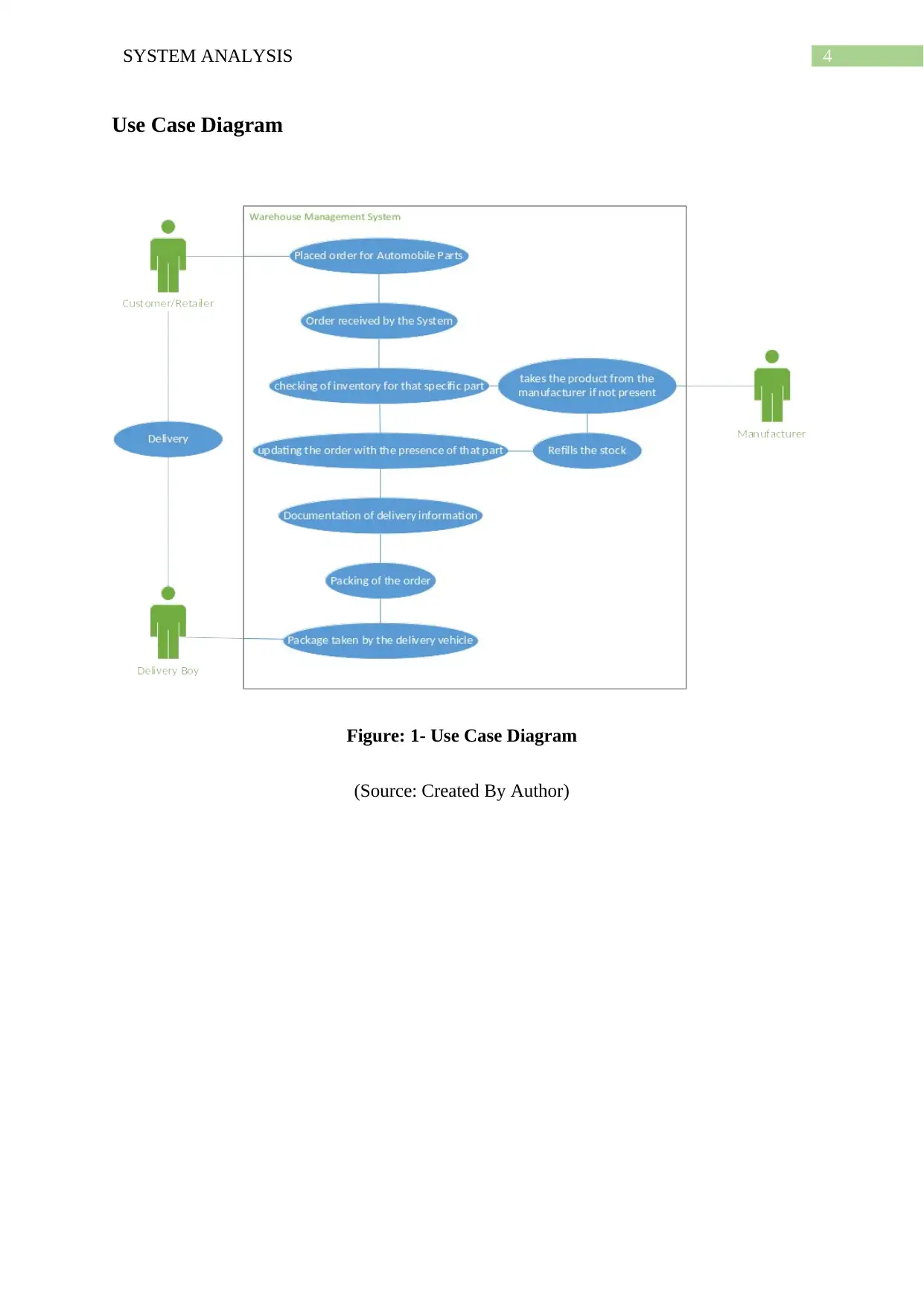
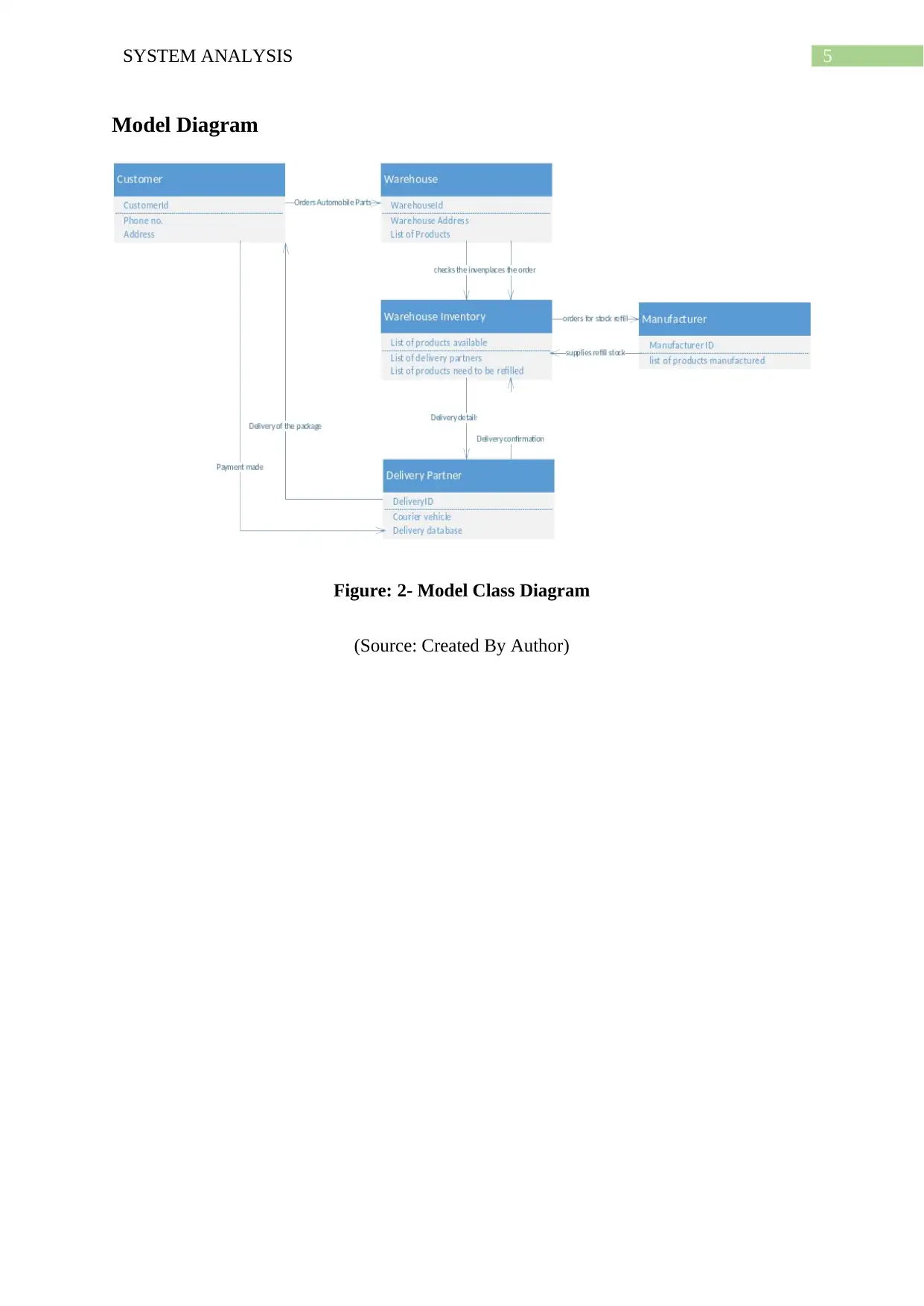
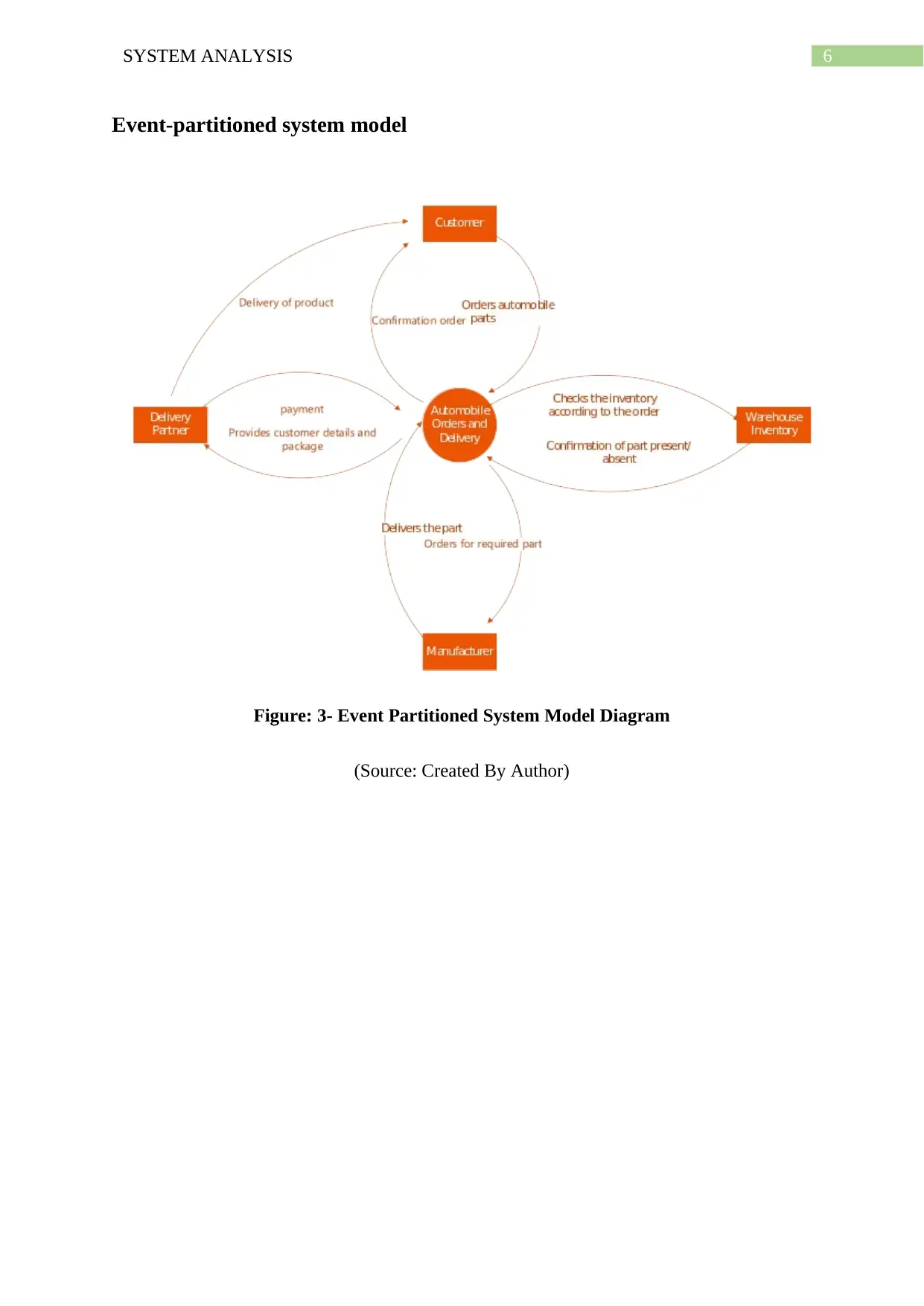
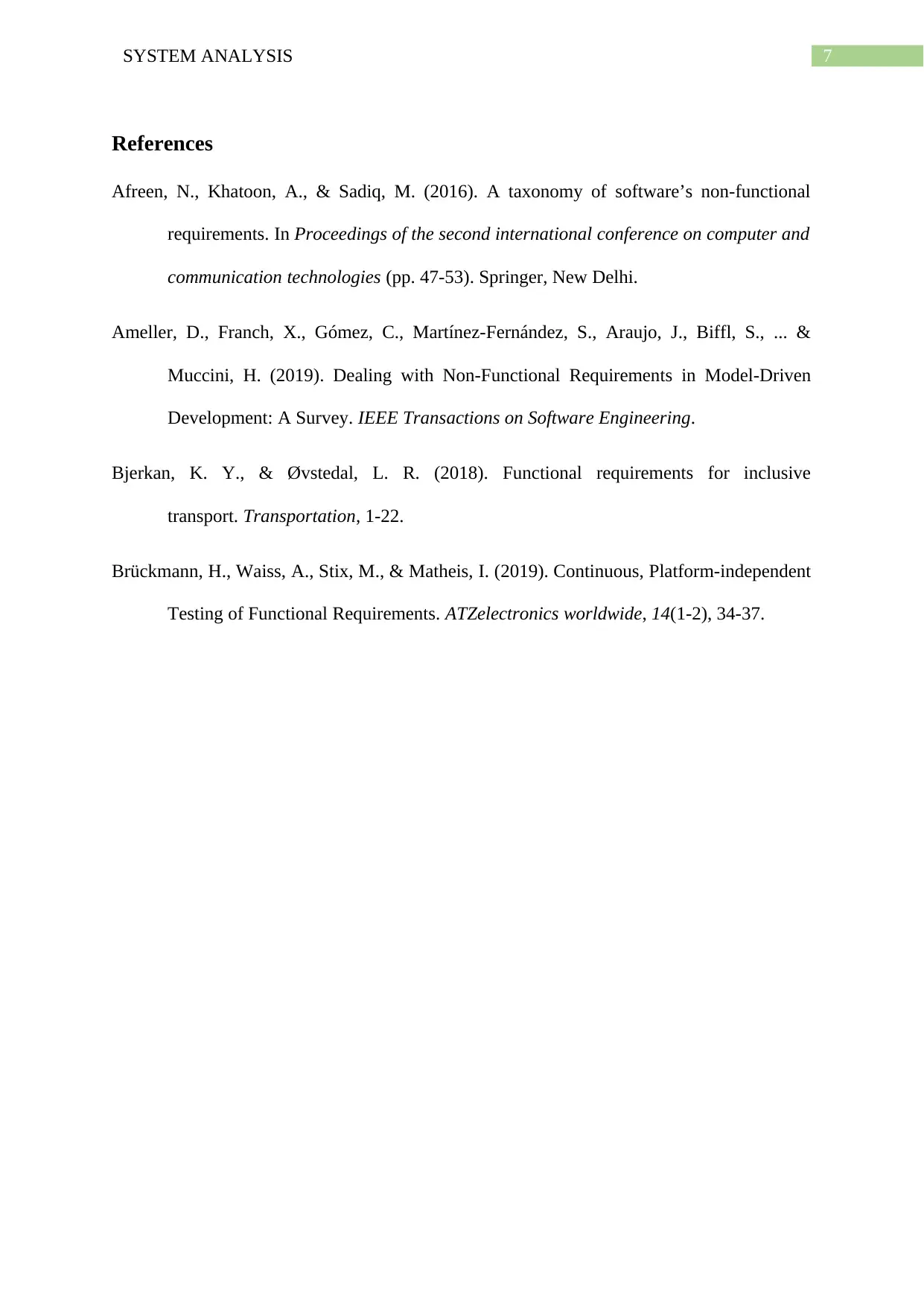




![[object Object]](/_next/static/media/star-bottom.7253800d.svg)